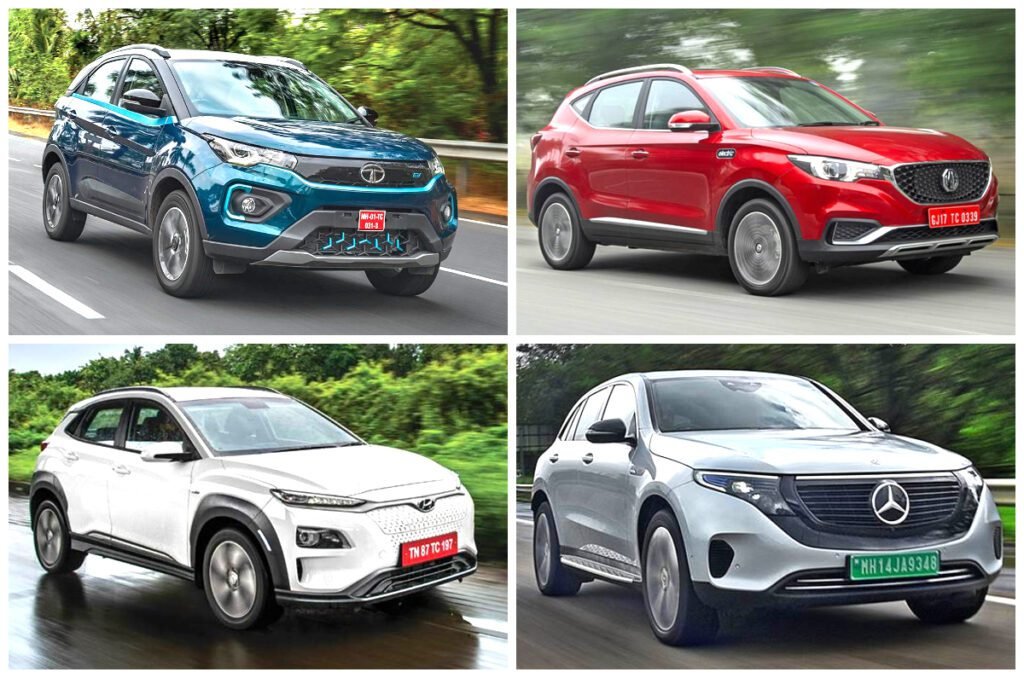Latest data reveals a significant surge in electric vehicles (EV) sales in India, with a remarkable year-on-year growth of 174% from FY 22 to FY 23. The total number of electric vehicles sold during this period reached an impressive 2,337,761 units. Among the different categories, electric two-wheelers (E2W) dominated the market with a substantial share of 48.76%, closely followed by electric three-wheelers (E3W) in the passenger vehicle segment at 43.33%.
Breaking down the E3W category, sales were evenly distributed, with E3W Cargo and E-Cars accounting for 3.65% and 3.85% respectively. E-buses constituted a mere 0.17% of the total sales, while other electric vehicles categories collectively contributed 0.24%.
When examining the cumulative registered electric vehicles sales by state until FY 23, Uttar Pradesh emerged as the leader with the highest share of 20.64%, followed by Maharashtra at 10.15% and Delhi at 8.85%.

Among the E2W manufacturers, a total of 782,389 units were registered in FY 23. Ola Electric claimed the highest percentage of registrations at 21.23%, followed by Hero Electric at 12.50% and Okinawa AutoTech at 12.38%. Notable players in the E2W segment included Ampere Vehicles, TVS Motors, Ather Energy, and several other original equipment manufacturers (OEMs).
The E3W category experienced a remarkable year-on-year growth of 127% in FY 23, surpassing previous records since its inception in FY 16. Total sales in this category reached 407,563 units. Among the various subcategories of electric vehicles, E-Rickshaw (Passenger) sales held the largest share at 85.83%, followed by E-Rickshaw (Cargo) at 5.93%, E3W (Goods) at 4.44%, E3W (Passenger) at 3.78%, and E3W (Personal) at a marginal 0.02%.
In terms of market share, the top three players in the E3W category were Mahindra Electric (8.95%), YC Electric Vehicles (7.34%), and Saera Electric (5.46%). Other OEMs held shares ranging from 1% to 3%, while the remaining 50.30% was distributed among other players in the market.
Also Read:


